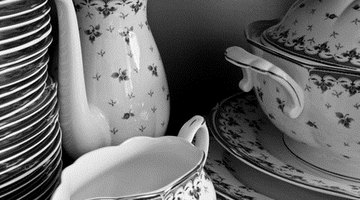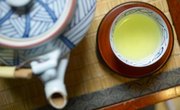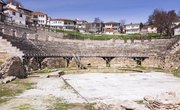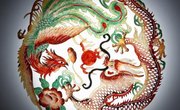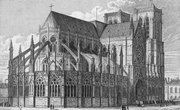Meito china is a popular brand of china made in Japan. The company produces mostly dinnerware and manufactures four major lines: Orleans; Windsor; Empire; and Asama. A variant of Orleans, Norleans has been noted for its cutting-edge, modern design. The vast number of Meito patterns reflect the rich traditions of both East and West. Meito's parent company, Narumi Seito Narumi, continues to manufacture fine bone china and porcelain today.
Corporate Beginnings
The company was founded in 1908 as Nagoya Seito Sho by former Noritake engineer Kotero Asukai. Production bore the backstamp "Meito," which means "fine sword" or "excellent sword." The name is, no doubt, a nod to the company's headquarters in Nagoya, Japan, a city famed for its shrine of the sacred sword that is one of Japan's crown jewels. As other Noritake engineers and artists joined Asukai, Meito wares came to closely resemble those of its competitor.
Transformation and Expansion
Meito was acquired by Sumitomo Steel Corporation during World War II, and Sumitomo changed the company name to Narumi Seito Narumi but continued to use the Meito backstamps. Continuing production during the American Occupation, Meito expanded into the American market with showrooms in New York, Chicago, Dallas, and New Orleans. Meito backstamps tell the story of the major production lines. They typically indicate the line, as well as the particular pattern, and each line has a specific shape.
Classic Style
The Windsor line represents the shape of the classic, round Western dinner plate. Windsor pieces generally have restrained decorative elements. Floral patterns, swags and lines ornament the outer borders of dishes or follow the inner line of the piece, where it begins to flare out and expand. Patterns usually are Western in appearance and include such names as Modern Windsor, Bangor, Belmont and Hanover.
Variations
Western shapes figure in both the Empire and Asama lines. Plates are round but spread out in a series of two rises. In the Empire plate, the second rise is more toward the middle of the dish, while with the Asama, it is much closer to the edge. Patterns tend to be richer and more extensive than in the Windsor but still in the Western naturalistic tradition. There also is a greater use of color and gilding. Specific Empire patterns include Savona, Dexter and Thistle, while Asama patterns include Augusta, Enid and Olympia.
Innovation
The Orleans pattern represents a transition to something more modern. Plates rise in three tiers and carry decorations that tend to be more delicate than those found on the Windsor, Empire and Asama lines. Floral patterns appear somewhat more Asian, and simple medallions sometimes appear in the center of the dishes. The Norleans line constitutes a departure from tradition, with its single, steep rise in the middle of the plate and a wide, basically flat, rim that occupies up to half the plate's surface. Decoration is typically simple. Orleans patterns include Dexter, Pastelle and Adele, with Norleans featuring its own version of Adele, as well as Garden Rose and Livonia.
Related Articles
References
Writer Bio
Brian Adler has been writing articles on history, politics, religion, art, architecture and antiques since 2002. His writing has been published with Demand Studios, as well as in an online magazine. He holds a Bachelor of Arts degree in history from Columbia University.

